Unbeatably fast!
The advanced aerodynamics and light weight of the Specialized Tarmac SL8 Expert result in a ride quality that seems unattainable. After eight generations and more than twenty years of development, it’s not just the fastest Tarmac ever—it’s one of the fastest road bikes in the world.
Features of the Specialized TARMAC SL8 EXPERT
-
- Weight: 7.2 kg
- Frame: Carbon
- Suspension: Rigid
- Fork: Carbon
- Wheels: 700c Carbon
- Drivetrain: 2 × 12 Electronic
- Groupset: Ultegra, Ultegra Di2
- Brakes: Shimano Ultegra Hydraulic Disc
Details of the Specialized TARMAC SL8 EXPERT
Aero everywhere
When it comes to aerodynamics, it’s the surfaces that really matter, not where it looks best. This philosophy was followed during development. The Tarmac SL8’s redesigned head tube better maintains airflow, as the surface is more tapered at the front Speed Sniffer. The slimmer cross-section of the head tube results in significantly less drag. In addition, the Tarmac SL8 features the narrowest and most aerodynamic seatpost ever developed to comply with the new UCI regulations. This bike is built for victory.
Minimal weight
The Specialized Tarmac SL8 leverages insights from the development of the Aethos and effortlessly meets the UCI weight limit, despite a full aero setup. The team developed an incredible frame that weighs just 685 grams—15% lighter than the Tarmac SL7. Thanks to these new engineering advances, the weight of the down tube, seat tube, and rear triangle was optimized, as the new frame shape distributes the load so efficiently that additional carbon layers for increased stiffness are no longer necessary.
Go forward
With a significant 33% stiffness-to-weight ratio improvement, the Tarmac SL8 reaches a new level of legendary handling, aggressive throttle response, and geometry. The bike is stiffer at the bottom bracket, more precise at the handlebars, and more comfortable in the saddle, setting new standards for road bike performance and comfort.

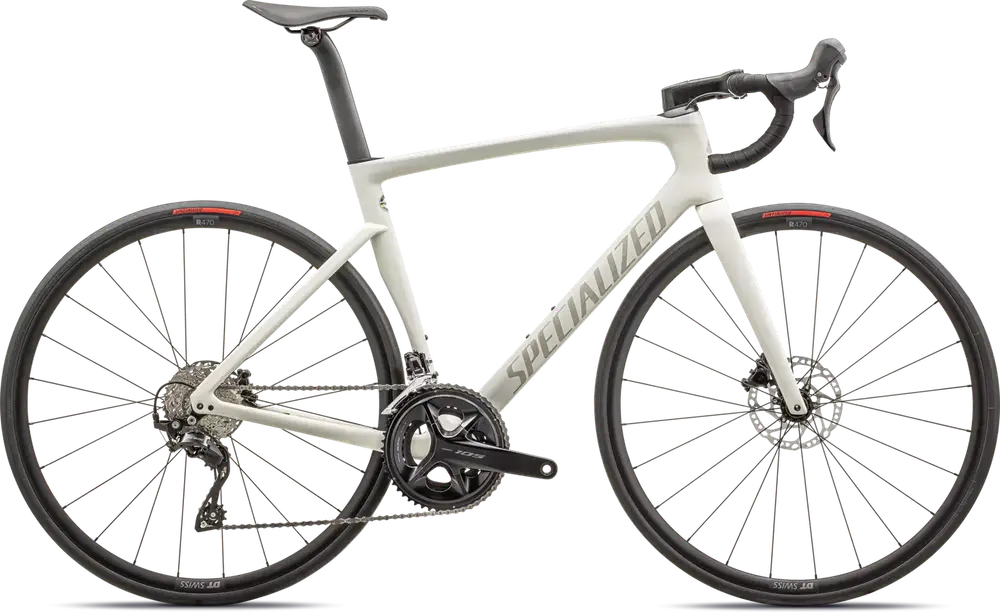

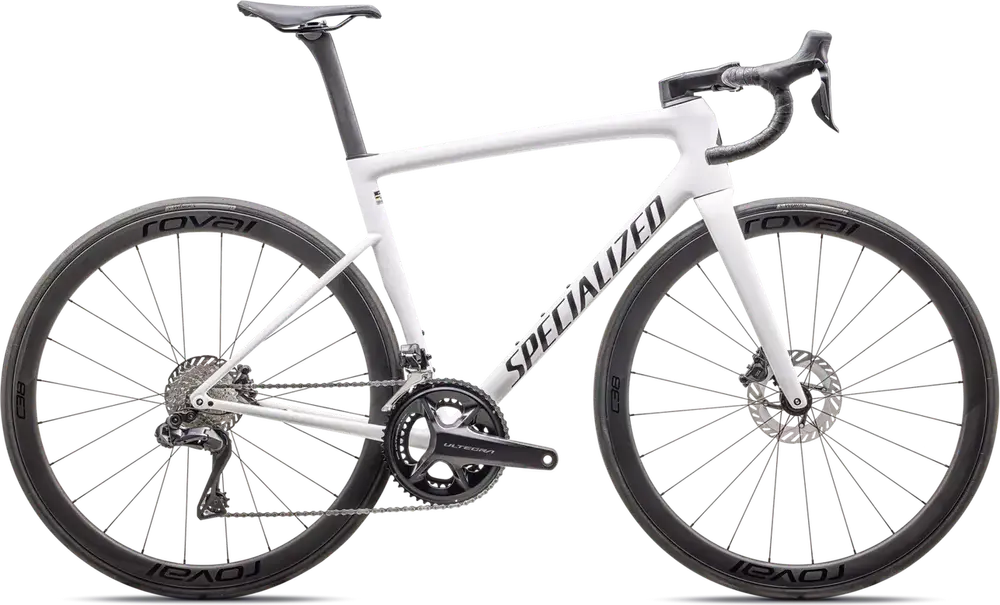
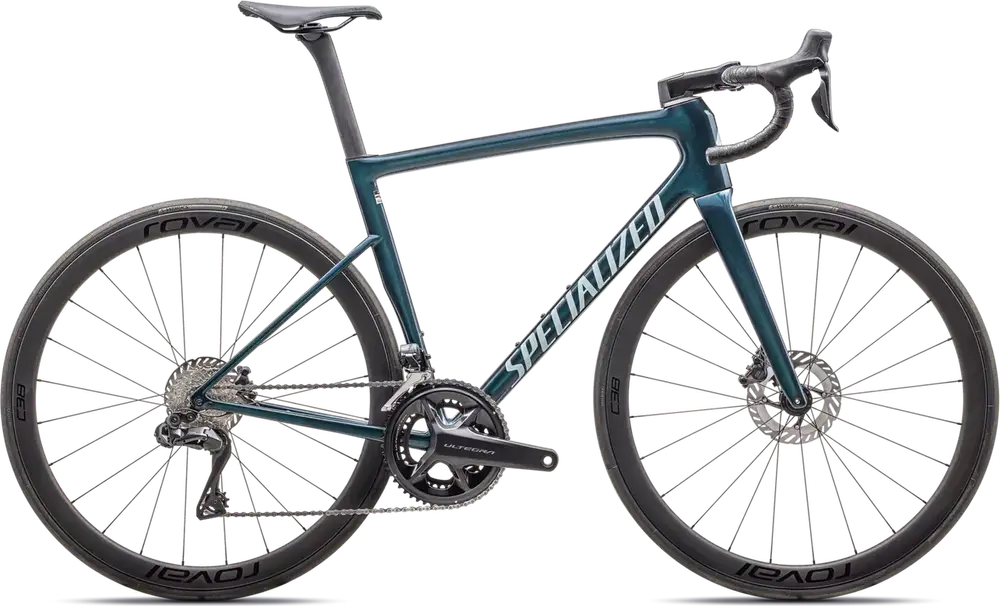
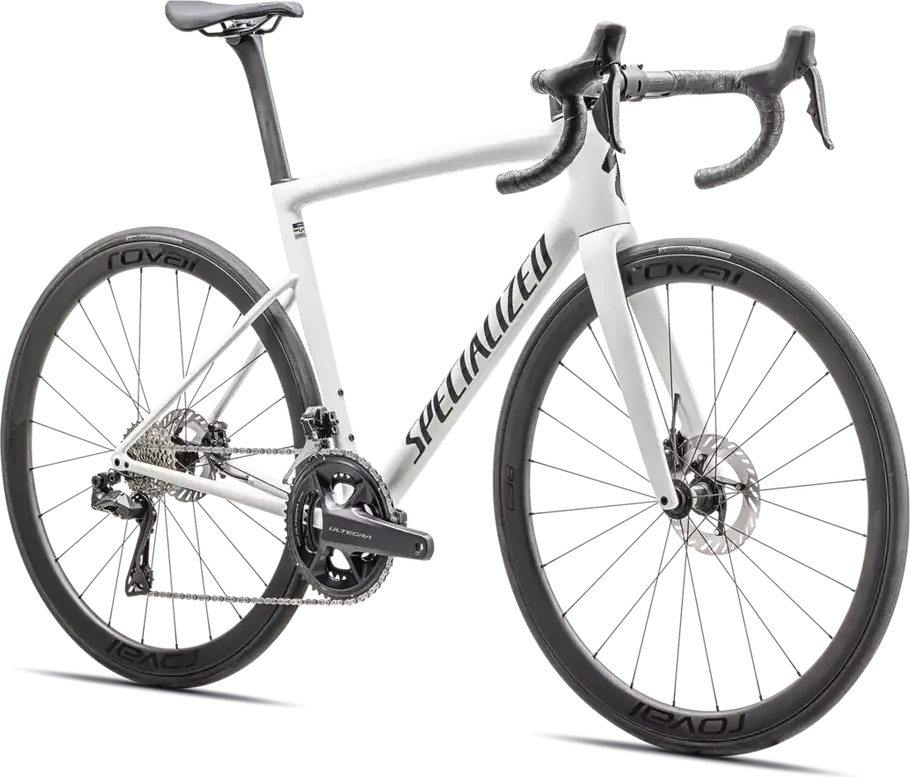
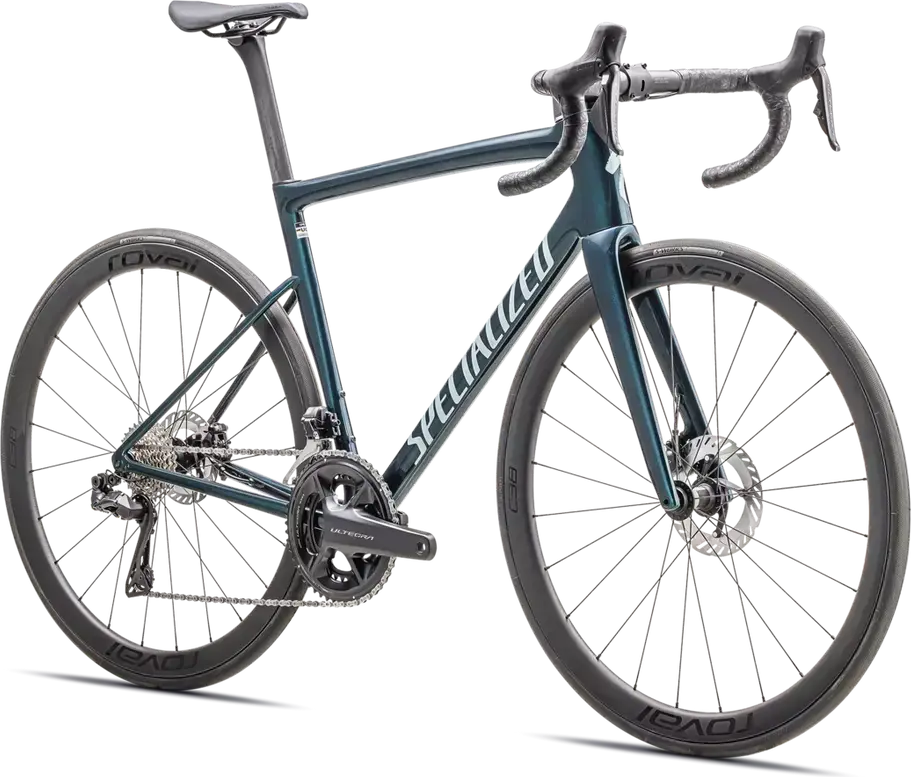



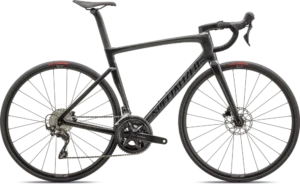




Be the first to review “Specialized Tarmac SL8 Expert – Ultegra Di2 | 2025”